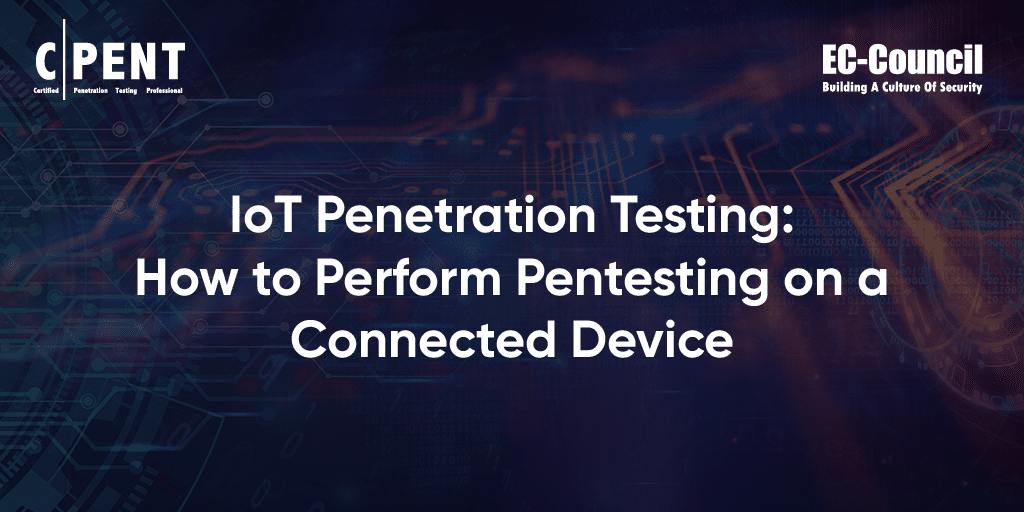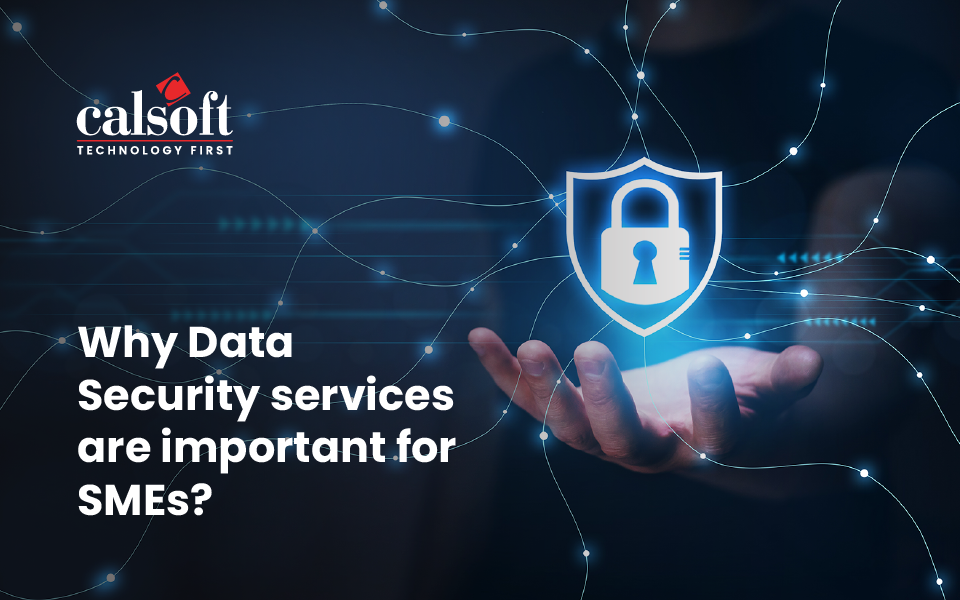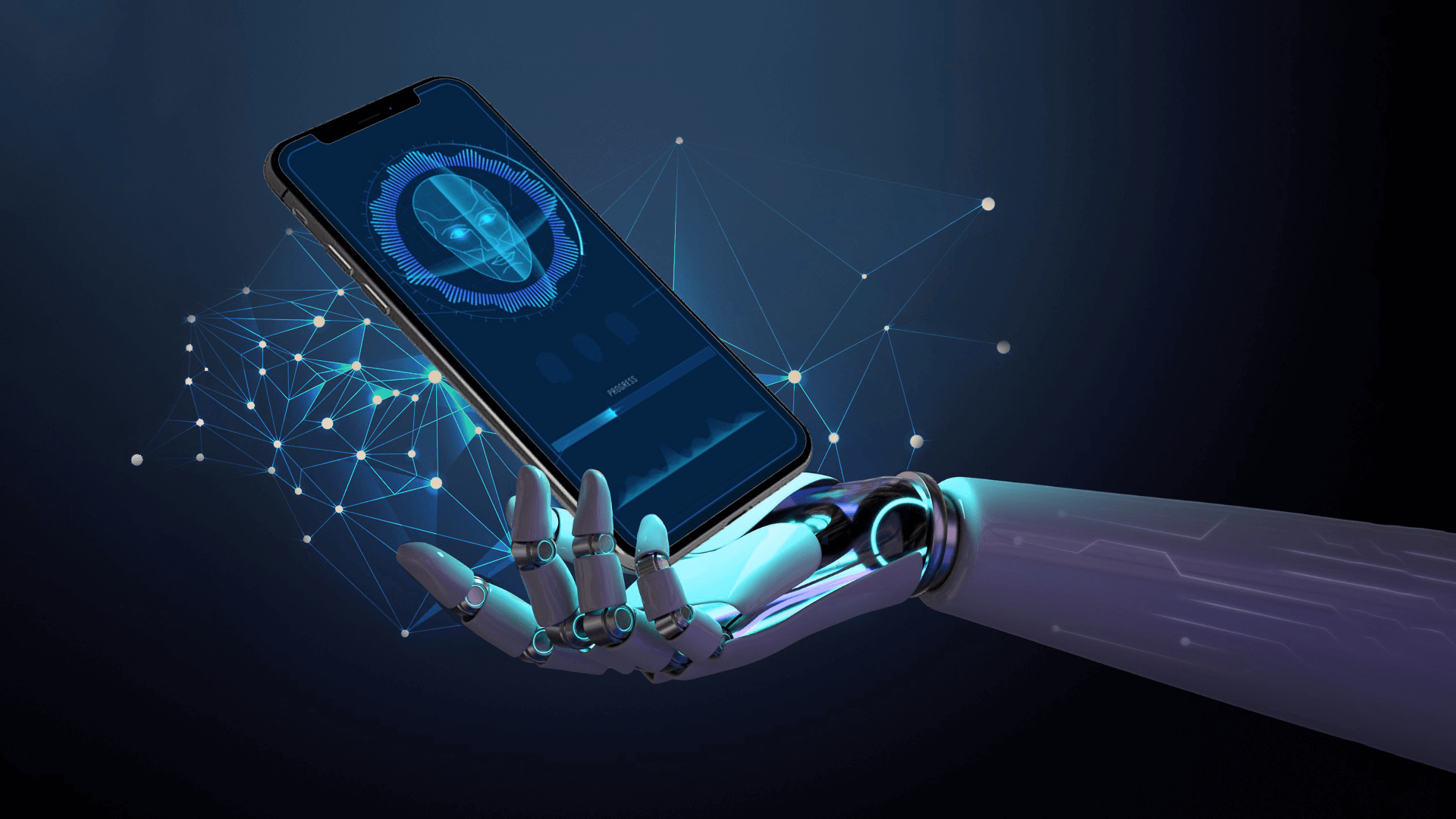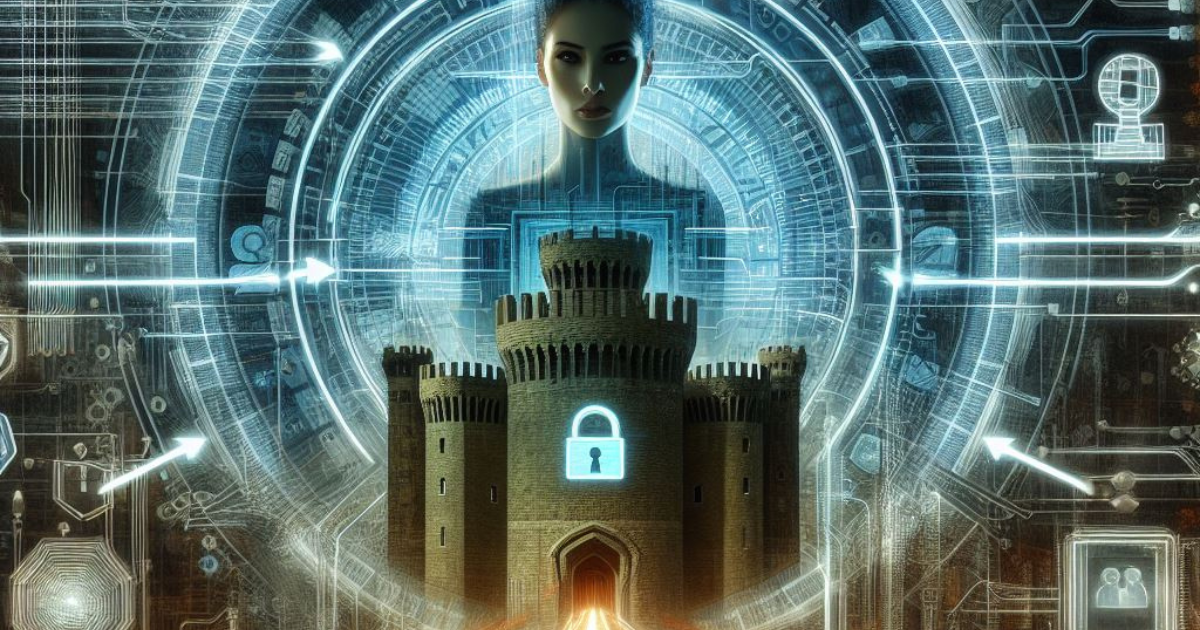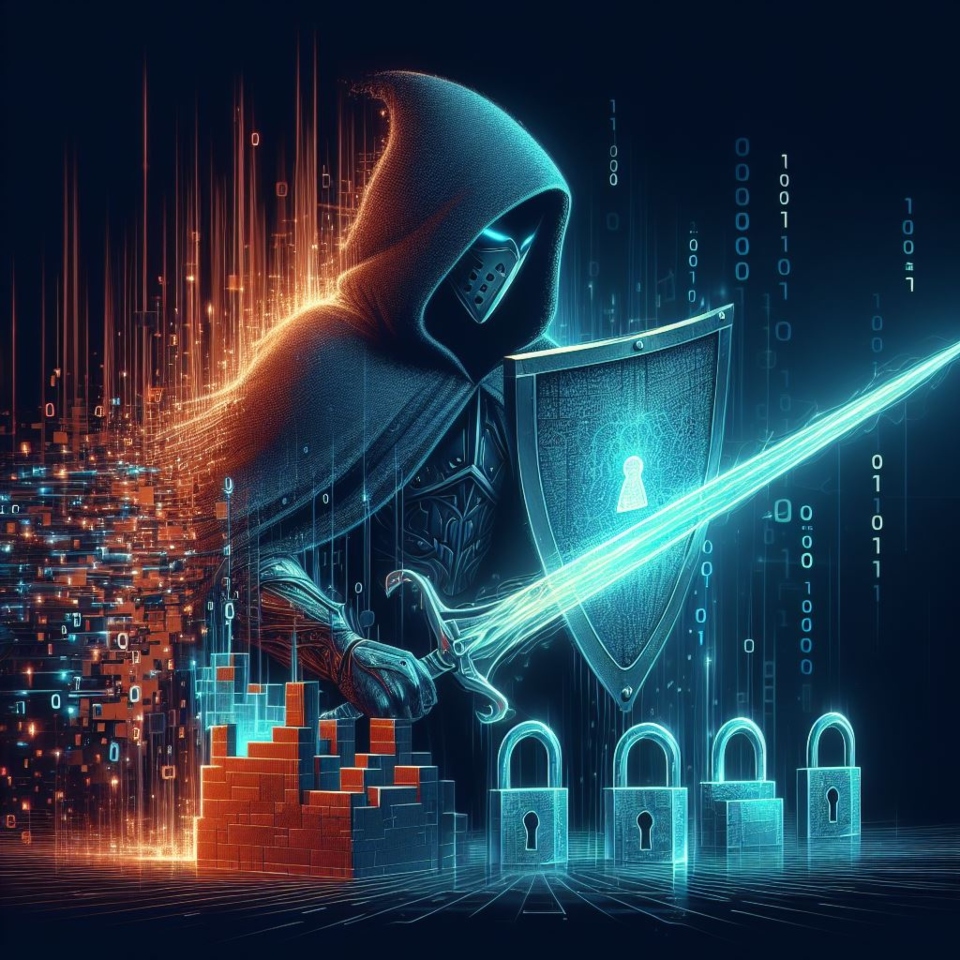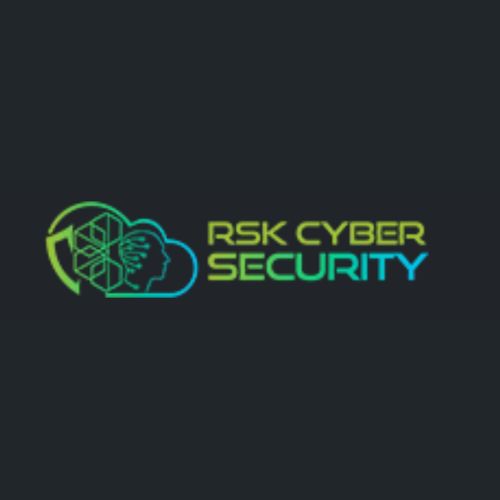As India undergoes a transformative digital revolution across critical sectors like energy, finance, telecommunications, and transportation, the landscape of its information infrastructure has evolved dramatically. This evolution, while promising unparalleled opportunities and efficiencies, has concurrently intensified the susceptibility of these crucial systems to an array of cybersecurity threats and risks. In response to the escalating sophistication and persistence of cyber attackers, it becomes imperative for organizations to maintain vigilance and proactively address emerging security challenges. In this article, we will explore top 9 security and risk trends that demands attention from entities operating Critical Information Infrastructure (CII) in India.
1. Increasing State-Sponsored Cyber Attacks
The digital battleground has seen a notable rise in sophisticated, state-sponsored cyber-attacks targeting critical sectors such as energy, banking, and telecommunications. These attacks are not just aimed at causing immediate disruption but are also designed to infiltrate systems for long-term espionage and data extraction. The complexity of these threats is compounded by the attackers' continuous evolution, utilizing advanced techniques to bypass traditional security measures. In response, India's cybersecurity framework is undergoing significant enhancements, focusing on real-time threat intelligence sharing, advanced threat detection capabilities, and fostering international cooperation to mitigate the impact of these potentially devastating attacks.
2. Ransomware Attacks on the Rise
Ransomware attacks have become a prominent threat to critical infrastructures, with attackers leveraging encryption to hold data hostage, demanding hefty ransoms for its release. These attacks have evolved from widespread, indiscriminate campaigns to targeted strikes against critical sectors, causing significant operational disruptions and financial losses. The healthcare and financial services sectors have been particularly vulnerable, highlighting the need for robust cybersecurity measures, employee awareness programs, and regular backups. The development and implementation of comprehensive ransomware response strategies, including the establishment of a cyber-incident response team, are critical in mitigating the risks associated with these attacks.
3. Supply Chain Vulnerabilities
The interconnectedness of today's digital ecosystem means that a single vulnerability in the supply chain can have cascading effects on CII Sectors. Supply chain attacks, wherein adversaries target less secure elements in the network to gain access to more secure areas, have shown a disturbing increase. The NotPetya attack, albeit not directly targeting India, serves as a stark reminder of the potential global ripple effects of such vulnerabilities. To combat this, there is a growing emphasis on the security of third-party vendors and the implementation of rigorous security assessments throughout the supply chain. Additionally, the adoption of a zero-trust security model, where trust is never assumed and verification is required from everyone attempting to access resources in the network, is becoming a key component in safeguarding against these vulnerabilities.
4. Growth in IoT Device Vulnerabilities
The integration of Internet of Things (IoT) devices into CII Sectors has brought about enhanced operational efficiency and data analytics capabilities. However, this proliferation has also introduced a multitude of vulnerabilities, primarily due to inconsistent security standards and the rapid pace of deployment. IoT devices, often lacking in robust security features, can serve as entry points for cyber attackers to infiltrate and compromise critical systems. The energy sector, with its increasing reliance on smart grids, and urban infrastructure, with smart city initiatives, are particularly at risk. Mitigating these threats requires a comprehensive approach, including the adoption of secure-by-design principles, regular security updates, and the segmentation of networks to isolate critical systems from IoT device networks.
5. Increasing Insider Threats
While external threats continue to evolve, the danger posed by insider threats—whether intentional or accidental—has become a critical concern for organizations overseeing Critical Information Infrastructures. Insider threats encompass a range of risks, from employees inadvertently falling prey to phishing attacks to malicious insiders intentionally sabotaging systems or exfiltrating sensitive data. Combatting these threats requires a multifaceted strategy that includes stringent access controls, continuous monitoring of user activities, and the implementation of a strong security culture that emphasizes awareness and vigilance among all employees. Additionally, deploying advanced analytics and machine learning tools can help in the early detection of suspicious behaviors that may indicate insider threats.
6. The Impact of AI and Machine Learning
Artificial Intelligence (AI) and Machine Learning (ML) technologies are playing increasingly significant roles in both the offense and defense within the cybersecurity landscape. On one hand, cybercriminals are leveraging AI to automate attacks, create more sophisticated phishing campaigns, and evade detection systems. On the other hand, AI and ML are being harnessed to bolster defenses by enabling the prediction and detection of cyber threats with greater accuracy and speed. For CII sectors, the adoption of AI-driven security solutions offers a promising avenue to stay ahead of cyber attackers. These technologies can analyze vast amounts of data to identify patterns indicative of a cyber attack, facilitating proactive measures to prevent breaches. Moreover, AI can enhance incident response times by automating certain decision-making processes, allowing for quicker containment and remediation of threats.
7. The Rise of Cloud Vulnerabilities
The shift towards cloud computing has been instrumental in driving efficiency, scalability, and innovation within critical sectors. However, this transition also introduces new vulnerabilities, as sensitive data and critical operations increasingly rely on cloud-based platforms. Misconfigurations, lack of visibility into cloud environments, and insufficient access controls are among the top cloud security challenges. The widespread adoption of public, private, and hybrid cloud models necessitates a comprehensive security approach, encompassing rigorous access management, encryption of data in transit and at rest, and continuous monitoring for anomalous activities. Embracing a shared responsibility model—where both cloud service providers and users have defined roles in securing cloud environments—is crucial for safeguarding against these vulnerabilities.
8. Mobile Security Threats
As mobile devices have become integral to the operations of CII sectors, the ubiquity of mobile technology introduces significant security challenges. These devices frequently access sensitive information and can serve as conduits for cyber-attacks. The threats range from malware and spyware to man-in-the-middle attacks targeting unsecured Wi-Fi networks. Enhancing mobile security requires a combination of strict policy enforcement, such as the use of secure, encrypted communications, and the deployment of mobile device management (MDM) solutions to control access and ensure compliance with security policies. Furthermore, educating employees on the risks associated with mobile devices and promoting the use of multi-factor authentication (MFA) can significantly reduce the threat landscape.
9. Regulatory and Compliance Challenges
As the cyber threat landscape evolves, so too does the regulatory environment aimed at protecting CII sectors. New laws and standards are being implemented to ensure that organizations adopt stringent cybersecurity measures. However, navigating these regulatory requirements and achieving compliance can be a complex and resource-intensive process for many organizations. The introduction of the Personal Data Protection Bill and amendments to the Information Technology (IT) Act are examples of legislative efforts to enhance cybersecurity posture. Organizations must stay abreast of these changes, investing in compliance programs that not only meet regulatory demands but also align with best practices in cybersecurity. This alignment is essential for fostering a secure digital ecosystem that can withstand the challenges posed by cyber threats.
What’s next?
It's clear that the path ahead is fraught with challenges yet ripe with opportunities. The evolving dynamics of cyber threats demand a proactive and innovative approach to security, beyond traditional defense mechanisms. This discourse has illuminated the pressing need for a strategic overhaul, integrating advanced technologies, fostering international collaborations, and cultivating a culture of cyber resilience among stakeholders. Reflecting on these trends, it's evident that safeguarding India's digital frontier is not just about mitigating risks but also about seizing the chance to fortify the nation's digital economy and infrastructure for a secure and prosperous future. The journey towards achieving this vision is collective, requiring the concerted effort of individuals, enterprises, and the government alike, underscoring the importance of vigilance, innovation, and adaptability in the face of digital adversities.







